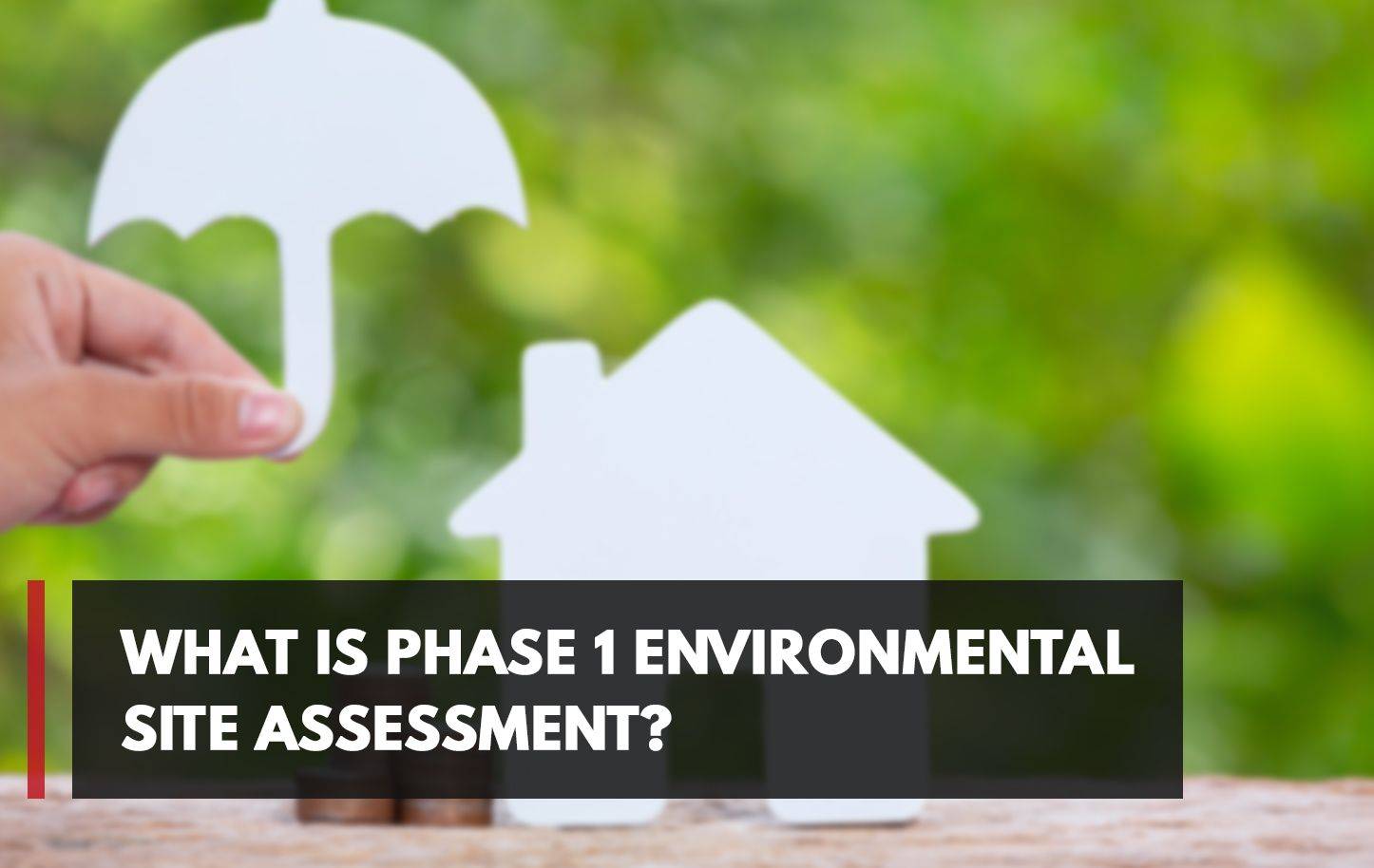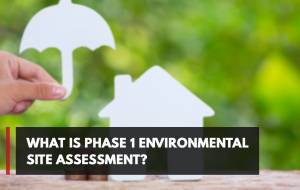
What Is Phase 1 Environmental Site Assessment?
Published At: Tue, 10/12/2021 - 12:18
Environmental site assessments are necessary for the environmental due diligence process. However, they can seem complicated and intimidating. Furthermore, many companies and business owners do not know what a phase 1 environmental site assessment is.
A Phase 1 environmental site assessment (ESA) is the first step in identifying potential contamination at a property. It provides information on existing conditions to help you understand if there is a need for further investigation.
This blog post will help you understand Phase 1 ESA by discussing its assessment benefits.
What Is a Phase 1 Environmental Site Assessment?
An ESA is a means of evaluating potential contamination based on current and past uses. This type of analysis can help companies avoid liability, comply with federal regulations, and ensure that new projects proceed in an environmentally sound manner. It can be done by looking at existing soil, groundwater, surface water bodies, and air quality.
Why Do You Need It?
Phase I ESAs can help identify potential contamination before investing in a property. This information could potentially save you time and money by helping to ensure that your project/property complies with federal laws regarding cleanups or redevelopments of sites containing contaminated soil or groundwater.
A Phase I ESA also helps businesses comply with local ordinances, which require the investigation of a site before purchase if it is used for specific activities like dry-cleaning facilities, etc. A phase one ESA also indicates whether any physical contacts made by hazardous substances present onsite may need further attention from specialists.
When Should You Have an Assessment Done?
A Phase I ESA should be conducted when purchasing or redeveloping a property. These assessments can be completed by professional environmental consultants or engineers with the necessary training.
These professionals know federal laws related to responsible site management, hazardous waste disposal, etc. This can help determine the environmental risks associated with your operations and how they will impact surrounding ecosystems.
How Much Does It Cost?
How much a Phase I ESA can cost will depend on the scope and location of your project, but it typically starts at $1,500, so plan accordingly!
What Are the Benefits of a Phase 1 ESA?
There are several reasons why Phase I ESA evaluations are beneficial, including:
Property Condition
The results will show whether there are any hazardous substances on site which could cause issues with future development plans. This can also help determine if anything needs to be removed before continuing construction.
Potential Liability Risks
Conducting this assessment helps avoid liability by identifying potential environmental risks such as contamination before investing.
For example, a site contains harmful materials that lead to contamination and potential human exposure. In that case, the landowner may become liable for costly medical bills and fines from authorities who enforce regulations regarding these types of infractions.
Risk Mitigation Costs
Future buyers don't want their property to be legally responsible for hazardous materials. To avoid any issues that could lead to financial losses, real estate agents and potential buyers need to know whether there are potentially harmful substances on-site before making a purchase decision.
Environmental Protection
The results will show what type of contamination is present and where the contaminants came from (i.e., former gas station or hazardous waste site) so appropriate actions can be taken regarding mitigating risks going forward with development plans.
What Does a Phase I ESA Cover?
A Phase 1 ESA's typically includes the following:
- The collection, review, interpretation & presentation of site history records; Investigation into any known environmental conditions to support further investigation if needed;
- Reviewing publicly available information from state agencies related to the subject property, such as Department(s) Of Natural Resources (DNR); Division Of Water Pollution Control (DWPC), etc.;
- Interviews with the past owner, occupants, and others familiar with the property; and
- Consultation with other professionals who may know the specific site, such as environmental consultants or engineers, to determine potential contamination risks.
The process for a Phase One ESA typically takes around two to four weeks. Upon completion, the company will receive a written report with details about what was found during their assessment, recommendations for further investigation, and suggestions on how to resolve potential contamination issues discovered to reduce environmental risks at your site.
What Happens After the Phase I ESA Is Completed?
The report generated from the site assessment should be taken to a specialist who has experience handling hazardous materials. Still, companies may choose to take on this responsibility themselves if they have qualified staff expertise.
After completing the ESA, businesses need to contact local city or county officials regarding any findings, since there are likely laws already in place requiring you to comply with environmental regulations when working at your location. These requirements vary depending on where your business operates, so make sure you understand all applicable rules before proceeding further.
What Happens If Contamination Is Discovered?
Once potential risks are identified, it's essential to determine the extent of contamination at your site.
Suppose there are only trace amounts of contaminants. In that case, they may be able to wait for confirmation from an environmental consultant before moving forward with future projects/operations. However, if more significant contaminant levels were found that could potentially impact the environment and human health, immediate action is required.
At this point, businesses should contact experts who have experience cleaning up sites contaminated by hazardous materials. The way you handle these situations can vary depending on what was discovered during the investigation. Anyway, working with outside professionals will ensure it's dealt with appropriately, so everyone is safe while also protecting surrounding natural ecosystems.
Final Thoughts
Phase One ESA is a necessary step before purchasing any investment property. It's a way to help companies avoid liability, comply with local ordinances, and ensure that future projects proceed in an environmentally sound manner. Knowing the subject can help you make an informed decision about whether this location is suitable for your company's operations.
Visit our blog for more.


